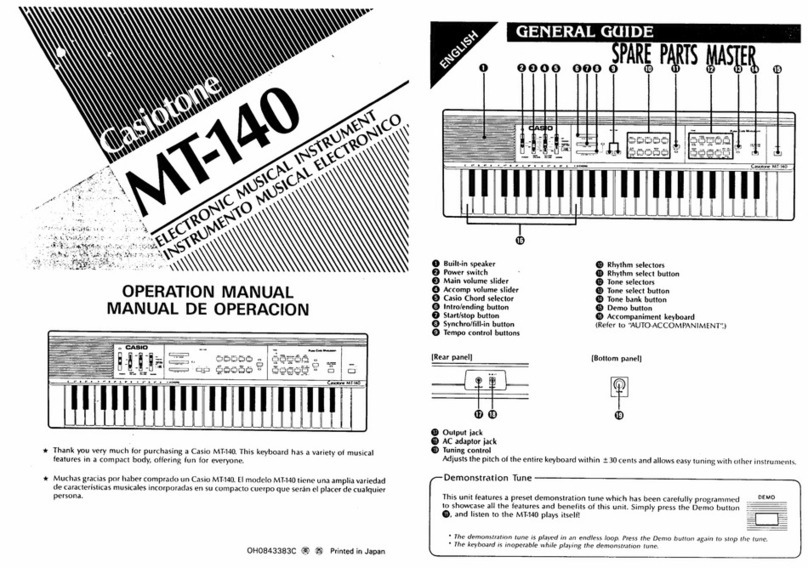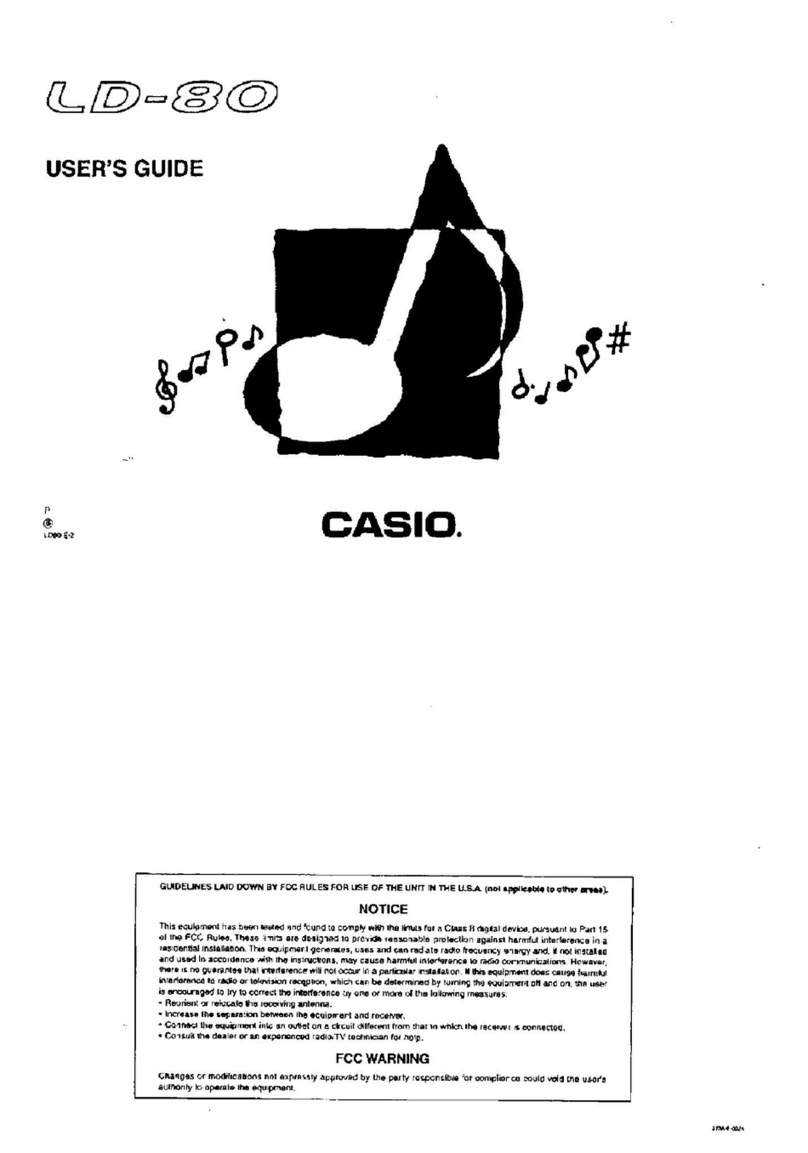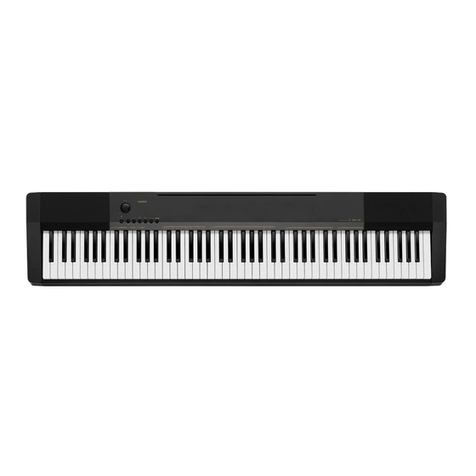Casio SA-21 User manual
Other Casio Musical Instrument manuals
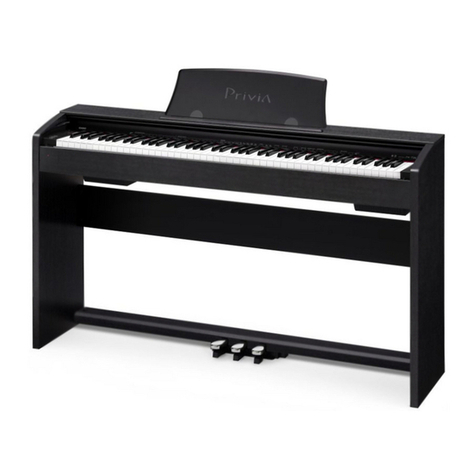
Casio
Casio PRIVIA PX-735 User manual
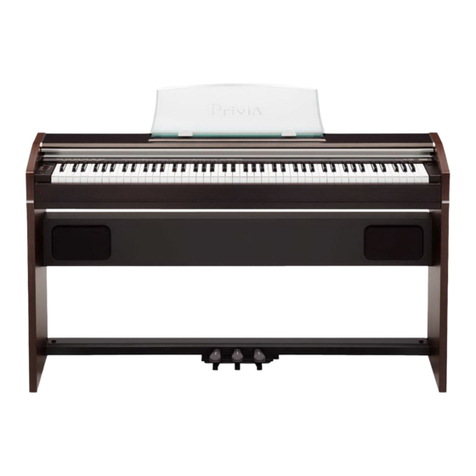
Casio
Casio Privia PX-700 User manual
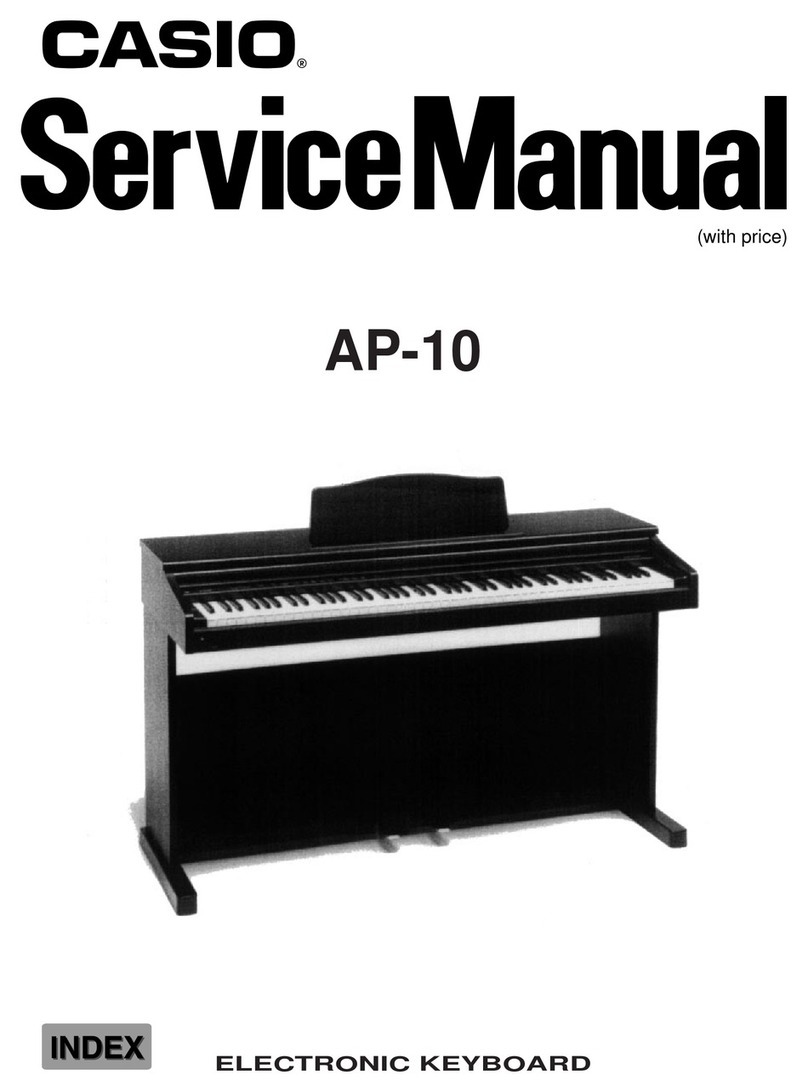
Casio
Casio AP-10 User manual
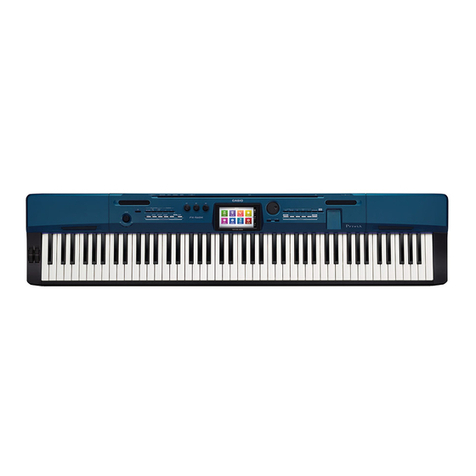
Casio
Casio Privia PX-350M User manual

Casio
Casio Celviano AP-500 User manual

Casio
Casio Celviano AP-25 User manual
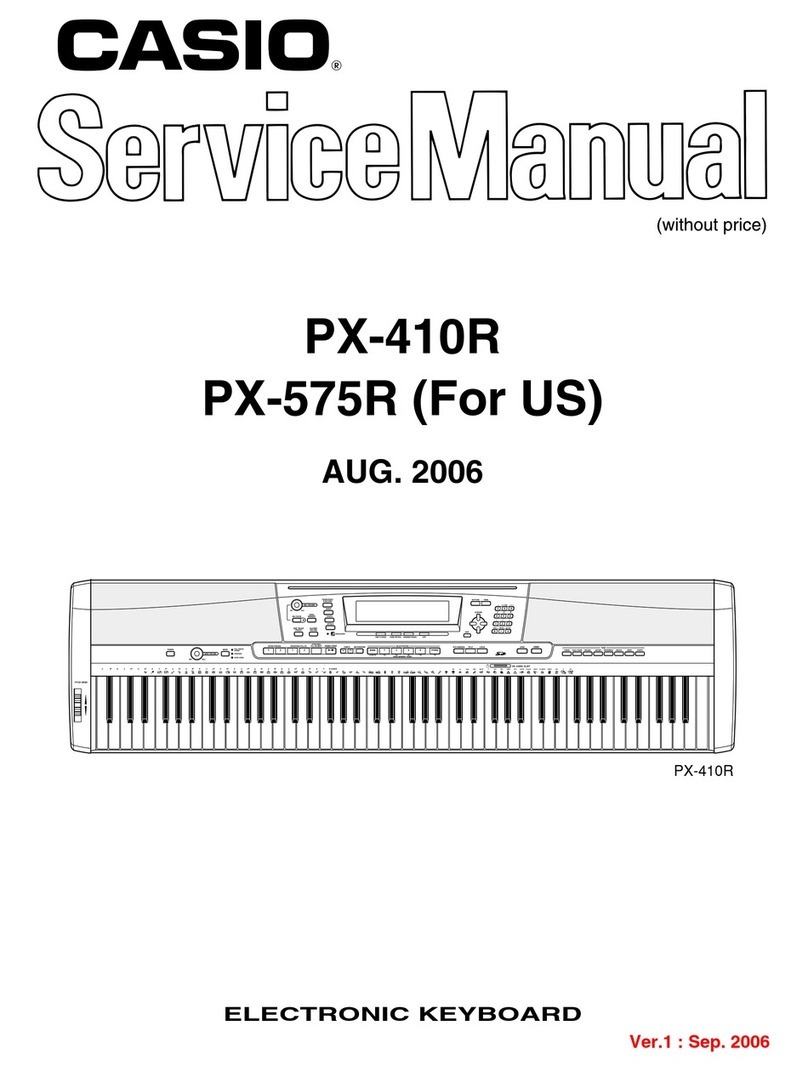
Casio
Casio Privia PX-410R User manual
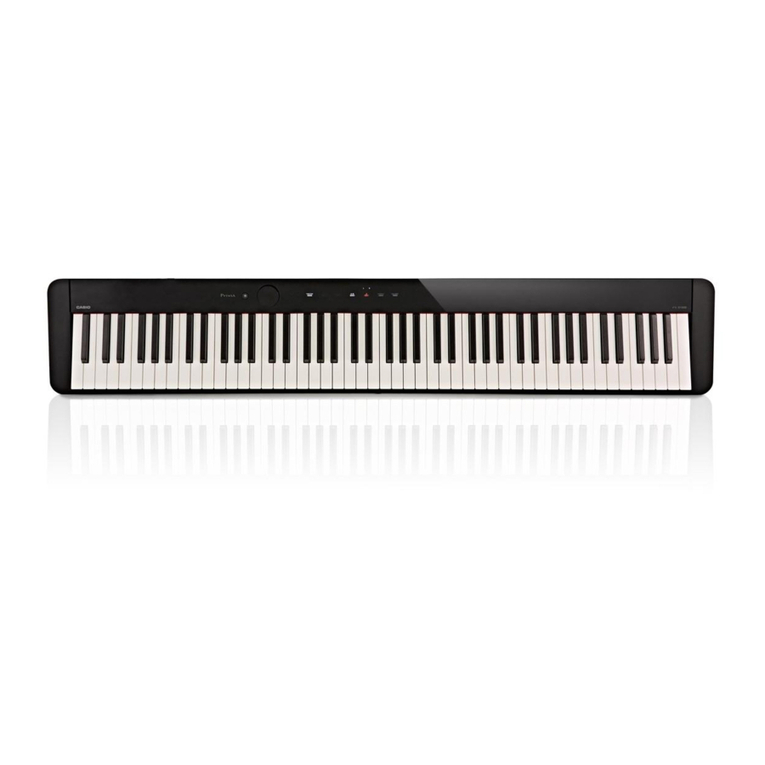
Casio
Casio Privia PX-S1000 User manual
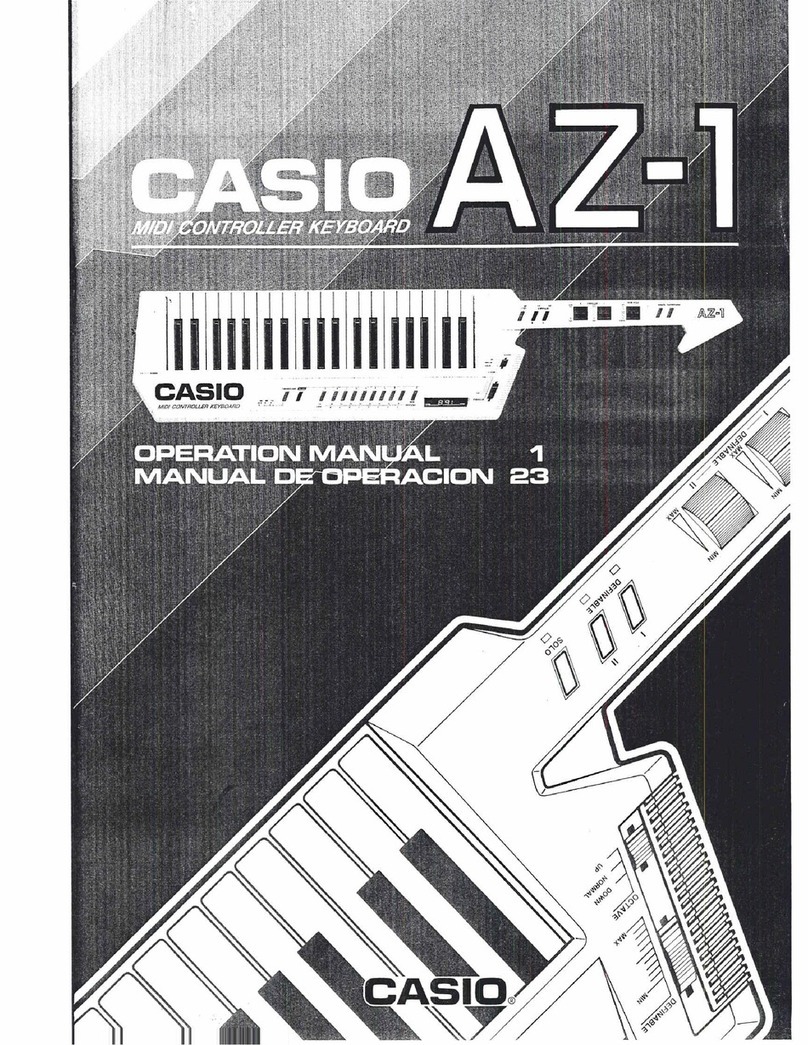
Casio
Casio AZ-1 User manual
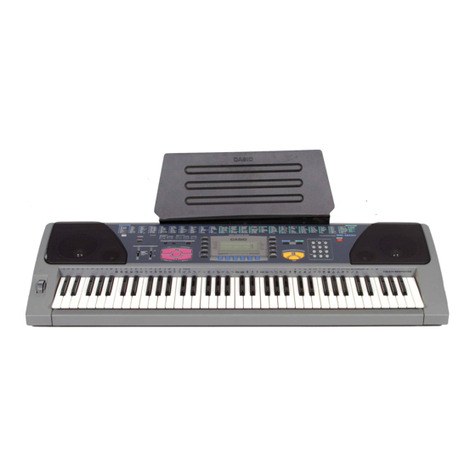
Casio
Casio WK-1200 User manual

Casio
Casio CTK-3400SK User manual
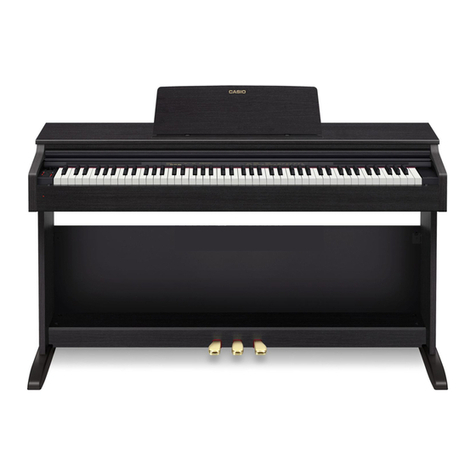
Casio
Casio CELVIANO AP-270 User manual
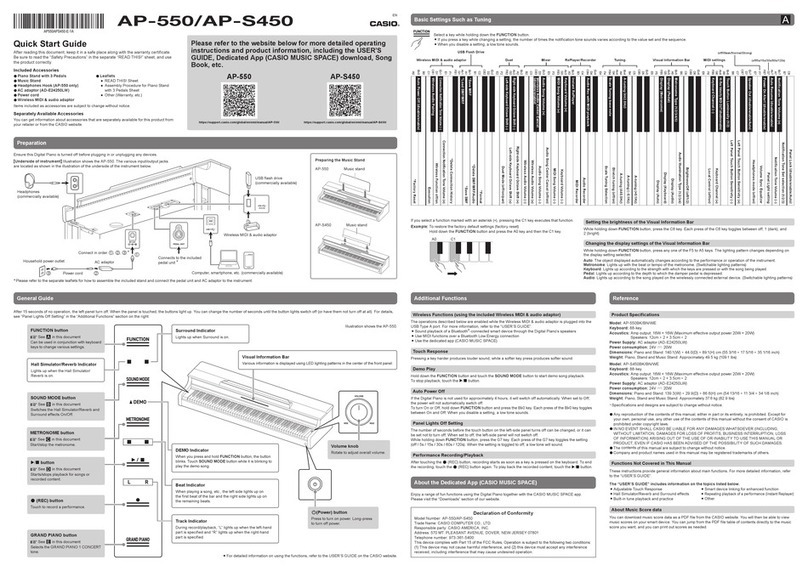
Casio
Casio AP-550 User manual
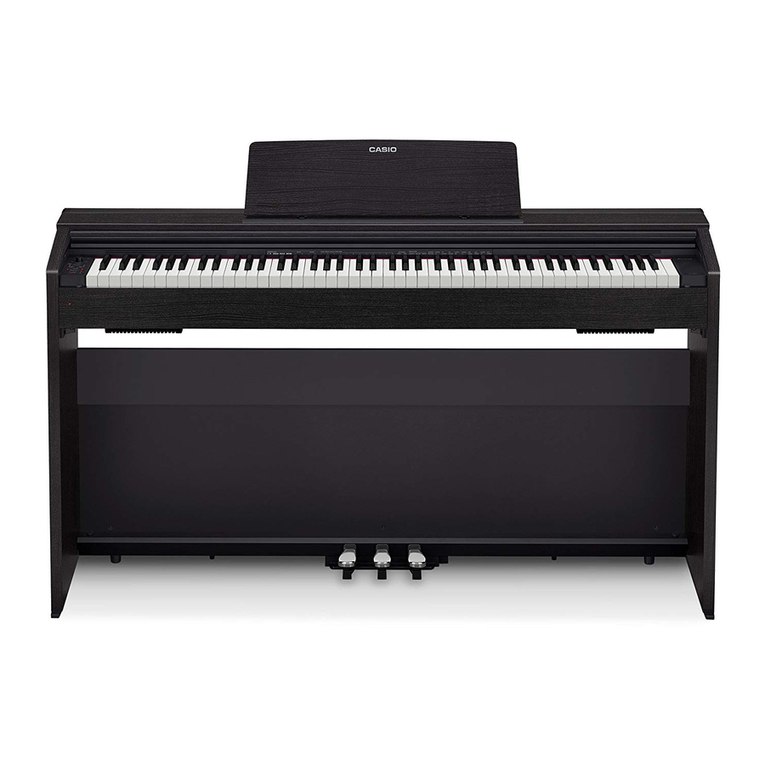
Casio
Casio Privia PX-870 User manual

Casio
Casio TONEBANK CA-301 User manual
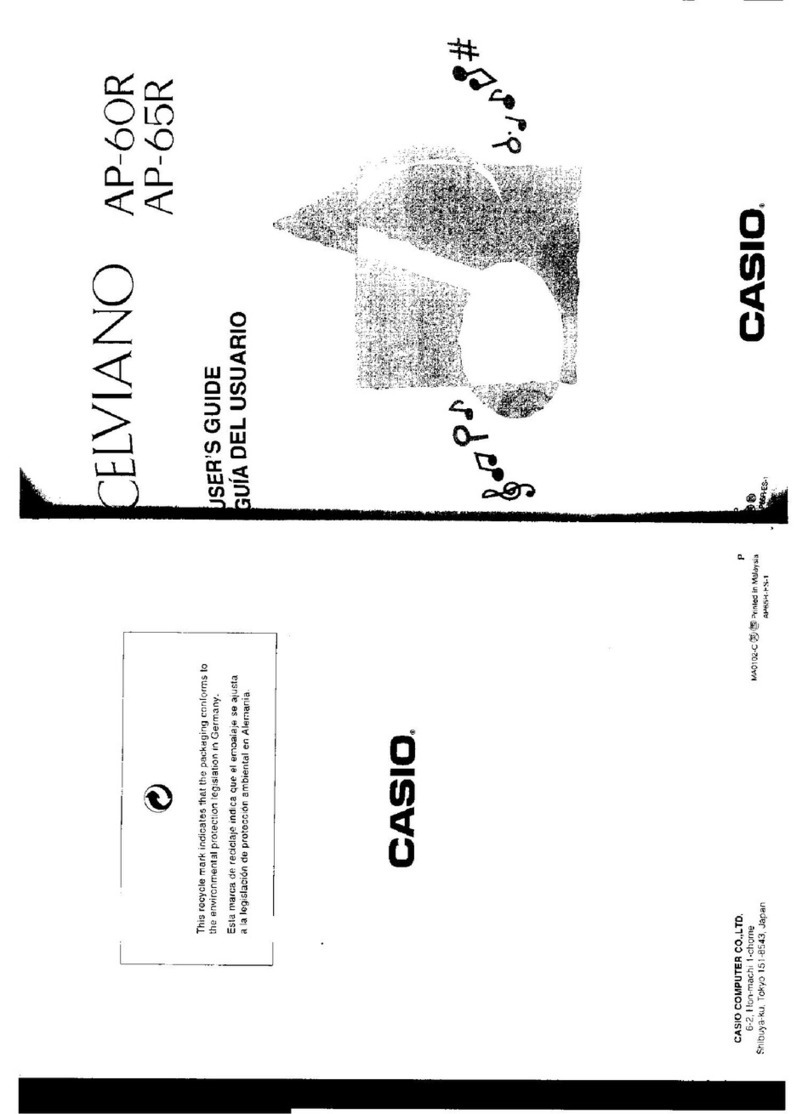
Casio
Casio Celviano AP-60R User manual

Casio
Casio Celviano AP-650M User manual
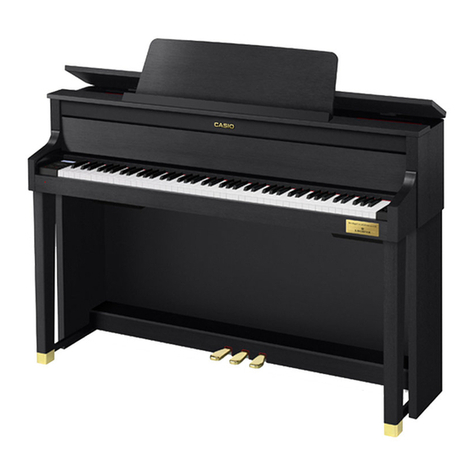
Casio
Casio CELVIANO GP-400 User manual
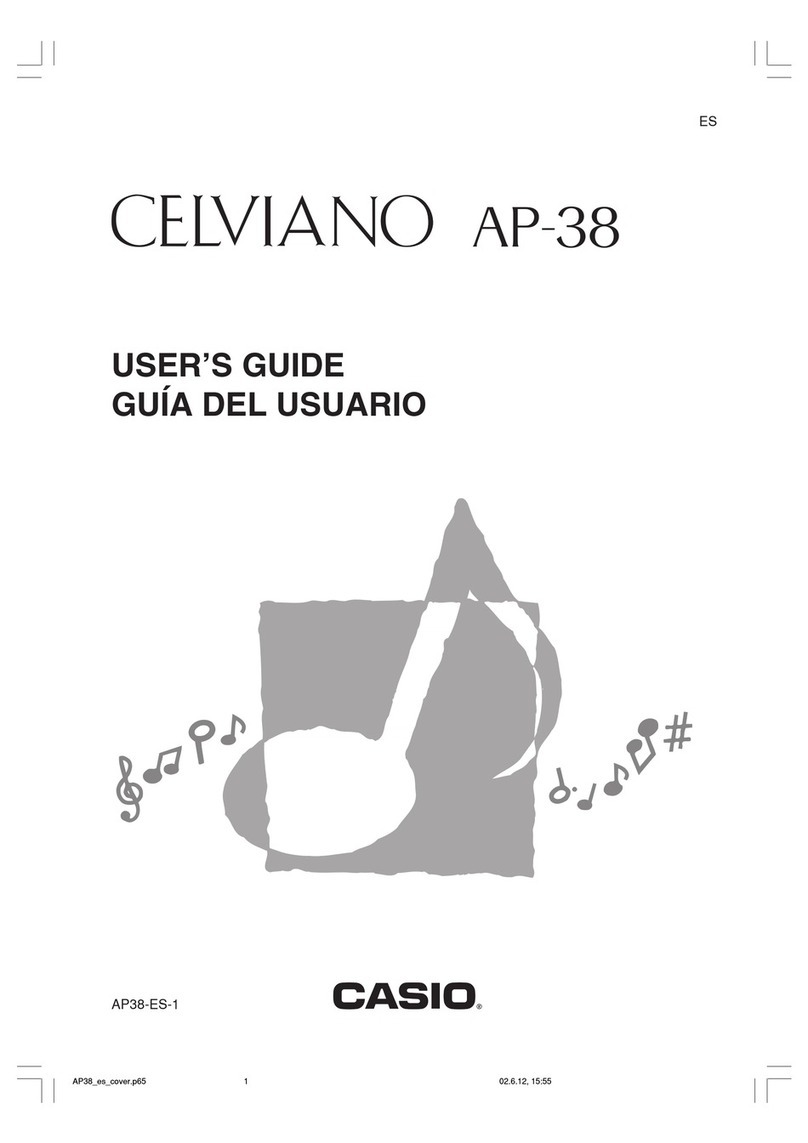
Casio
Casio Celviano AP-38 User manual
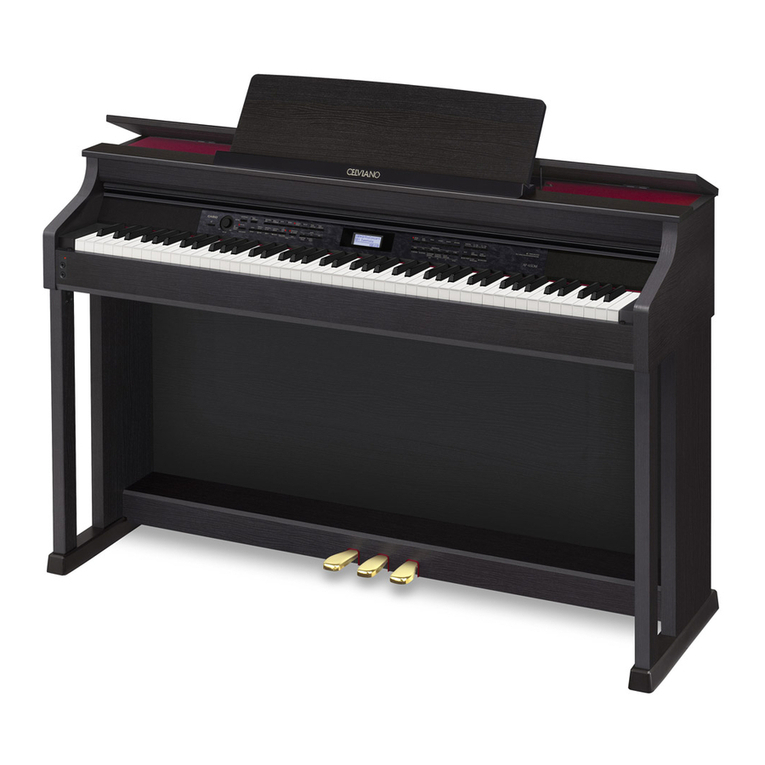
Casio
Casio AP-650M User manual
